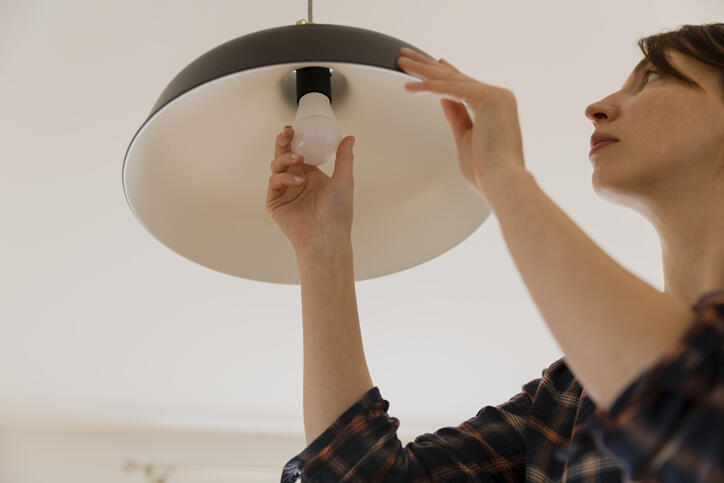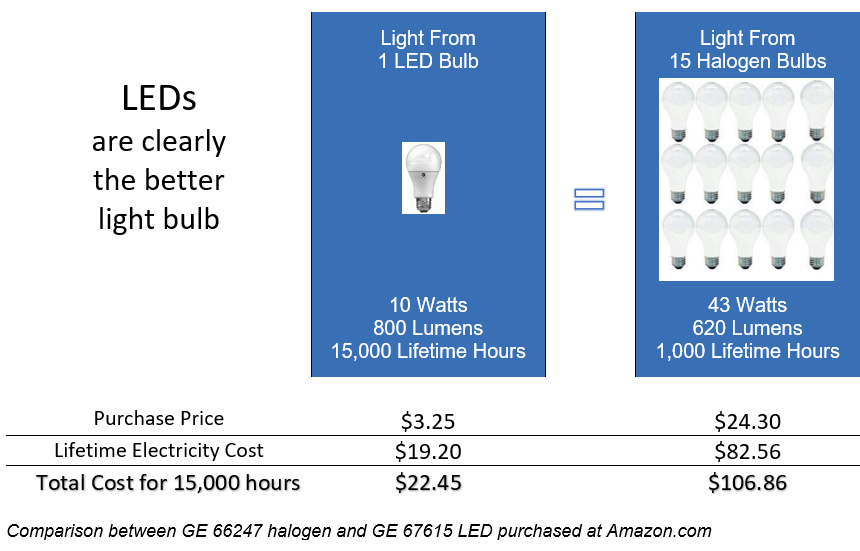
With the public comment period now closed on DOE’s proposal to rollback light bulb energy efficiency standards, the verdict is in. ASAP has been tracking DOE rulemaking work for about twenty years and we’ve never seen a DOE proposal generate opposition from such a wide range of stakeholders and from so many individual citizens.
DOE was still processing comments and posting them to its website weeks after the May 3 submission deadline. Now the DOE website lists more than 64,000 comments. Virtually all of them oppose the rollback including comments by:
- 43 Electric utilities from across the U.S., including some of the largest and smallest
- 26 consumer, environmental, and energy efficiency advocacy groups
- 24 Governors (through the bi-partisan U.S. Climate Alliance)
- 15 U.S. Senators
- A coalition of 54 U.S. corporations, and
- More than 60,000 individual citizens
Additionally, a group of 15 state attorneys general plus the city of New York and the District of Columbia provided detailed legal comments explaining why the proposed rollback violates the law. Natural Resources Defense Council and Earthjustice further developed the legal case for why the rollback, if finalized, will land DOE in court. Here’s a complete list of all the organizations that commented.
Why is the light bulb standards rollback such a big deal?
About six billion light bulbs are currently in use by U.S. households and businesses. Like the rest of the world, the U.S. is in the midst of a transition to light-emitting diode (LED) light bulbs. Today’s LEDs are over 8 times more efficient than the century-old incandescent light bulb commercialized by Thomas Edison. By eliminating the 2020 standards for some or all bulb types, DOE would slow the LED transition, costing unsuspecting consumers dearly. We estimate that DOE’s proposed rollback rule would cost the average U.S. household $115 per year by 2025 in lost savings. On a national, cumulative basis, consumers would lose more than $340 billion by 2050. By 2025, the decrease in light bulb efficiency would waste over 81 billion kWh per year, and this extra electricity generation would increase air pollution by 34 million metric tons of climate-changing carbon dioxide emissions each year— equal to the emissions of more than seven million cars.
Who created these standards in the first place?
In 2007 Congress passed, and President Bush signed, bi-partisan legislation setting energy efficiency standards for the most common pear-shaped, medium screw-base light bulbs (called “A-type” by the lighting industry). Initial standards took effect in 2012, and manufacturers brought halogen A-type bulbs to market that saved about 28% compared to traditional incandescent bulbs. The law directed DOE to develop stronger light bulb standards for 2020 and to consider light bulbs of other shapes and with different bases. Congress also included a default “backstop” light bulb standard designed to go into effect automatically in 2020 if DOE failed to stay on schedule or to complete an adequately strong revised standard.
Over the past decade, LED technology has dramatically improved and the prices for LED light bulbs have plummeted. In 2017, DOE expanded the scope of the 2020 standard to include most other common light bulbs including reflector, candelabra, globe and other bulb types. But DOE missed the December 31, 2016 deadline for deciding how strong those 2020 standards would be, triggering Congress’s backstop standard.
The latest DOE proposal, which generated so many comments, would roll back the 2017 expansion of the light bulb standard’s scope, removing many light bulbs in common use from being covered by the 2020 standard. DOE also appears poised to reverse position on the backstop standard. After acknowledging in the past that it had missed deadlines and triggered the backstop standard, the Department now says that it does not believe that the backstop standard was triggered at all.
Who is for the rollback?
The only organizations that support the proposal are manufacturers of inefficient light bulbs and their industry trade associations. General Electric, Philips and Sylvania all sell high-quality LED light bulbs that comply with the 2020 standard, but they also produce and sell inefficient bulbs which may be more profitable for them. LEDs last fifteen years or longer, but inefficient halogen light bulbs usually burn out much more quickly, needing to be replaced every year or so as shown below. These large, well-known companies are fighting a rear-guard battle to delay the demise of an obsolete technology, at the expense of consumers and the environment.

Perhaps surprisingly, the main group that DOE said it wanted to help with its proposed rollback, retailers, did not submit a single comment. We suspect that DOE’s proposed rollback creates uncertainty that actually harms retailers rather than helps them. Retailers should have no problem fully stocking their shelves with bulbs that comply with the 2020 standards, but they generally need to order bulbs at least six months in advance. DOE’s proposal unnecessarily throws into question which light bulbs will comply in 2020. Last week, DOE announced they would not publish a final decision until October of 2019 and any associated litigation will also take time to resolve. Retailers could end up with products which they cannot sell without the risk of breaking the law.
Given the overwhelming opposition to DOE’s rollback, could the Department come to its senses? All evidence suggests that today’s DOE is driven by a single-minded focus on eliminating regulation, and that it is hell-bent on following through with this damaging proposal, regardless of the harm it causes. DOE should listen to the more than 60,000 citizens, businesses, lawmakers and others who took the time to share their opposition. DOE still has a chance to change its mind and save consumers money, avoid needless legal battles, and reduce uncertainty in the light bulb market by withdrawing the proposed rule.





